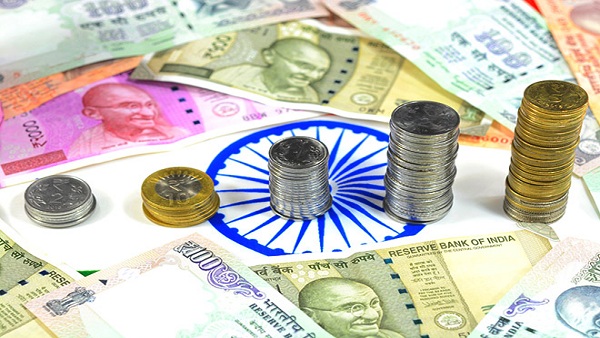India’s digital finance has the capabilities to transform the emerging economy and has built a state-of-the-art digital financial infrastructure,
India Stack, for public welfare. India Stack empowers India’s financial inclusion, open banking initiatives, digital innovation, and digital transformation for businesses and the country.
Built upon an open application programming interface (API), the biometric-enabled Aadhaar system, the India Stack creates a gateway for the digital ecosystem around a uniquely identifiable individual. India Stack aims to create a modern India with a payment system and transition to a cashless economy. It promotes paperless systems with billions of artifacts and a unique digital biometric identity accessible to billions of users, such as Aadhar, eKYC, eSign and DigiLocker.
India Stack consists of three layers of open APIs: identity, payments, and data-sharing.
Potential to transform the financial services
Indian financial services have moved to digital payments through the UPI infrastructure for a less-cash economy. Financial processes such as loan approvals have become fast and paperless through adoption of eKYC and digital signatures.
This infrastructure is available to industry participants, with a few restrictions to ensure financial stability and regulatory monitoring. The objective is to make financial services easily accessible for customers and digitally competent. It enables the innovation at scale.
It digitizes instantaneous payments and collections and empowers users to have control over data. It enables the real-time transfer of government subsidies and support into citizens’ Aadhaar-linked bank accounts.
Moreover, it makes delivering financial services easy and cost-efficient for enterprises of all sizes. India Stack reimagines an ecosystem where service providers can seamlessly offer their services with confidence to customers whose identities are well established. It can be a fintech-enabled credit marketplace, for example, where say a loan service provider enables the end-to-end digitization of cash flow-based lending for small businesses.
Encourage digitization of business processes
This digital evolution or evolution of fintech aims to establish a digital-first economy. It pushes business leaders to deploy emerging technologies to ease up the gap between customers and financial companies. The financial services industry has successfully developed layered platforms that can deliver these functionalities to various stakeholders.
Moving forward, Forrester’s Ashutosh Sharma, VP and research director, further elaborates the five key lessons for the business planning to leverage India Stack.
Design for scale and plan for contingencies. On one hand India-stack enables businesses to pursue a high-volume low-margin business model, on the other Aadhaar-based eKYC has been a subject of litigation in the past causing uncertainties. Altering processes as per India’s Supreme Court orders is costly and time-consuming. Hence, it is advisable, for example, to use a combination of the Aadhaar-based eKYC process and a contingent process.
Ensure digitization of business processes to the extent possible. Business leaders can digitize the maximum of their business processes using India Stack. Digital business leaders must seek the best practices around the India stack and ensure that they are able to use India Stack’s capabilities as per industry standards.
In India, data-sharing extends to more classes of data than in Europe and the UK. This data is outside the sharing perimeter but can nonetheless inform financial decisions such as credit assessments, giving an edge to tech giants.
Obtaining relevant data in the context of opening banking and digitally streamlined lending there are trust issues associated with the data available from account aggregators. The lack of data sanitization and validation will limit potential innovation and the ability to make informed credit decisions.
Firms must not rely solely on India Stack for business outcomes, the model in self is still evolving and has gaps. There are limitations with Aadhaar or eSignature due to the lack of a legal mandate for businesses and users.
To elaborate more upon the topics like above and the evolution of digital banking in India, Forrester is hosting its annual “India Financial Services Webcast Week 2021” scheduled for August 10-13 at 2:00-3:00pm IST daily. The webcast will focus on how Financial Services firm can leverage emerging technologies, adopt an adaptive tech architecture, and retire their technical debt and become future fit in the process.
Join us in this webcast series and hear from Forrester’s analysts as they share their latest research on how financial services firms can become future fit.
Register here: https://forr.com/3hR0nfo
Explore latest research findings and best practice guidance on how banks can make the most of their technology investments in an environment of unprecedented uncertainty and change.





















